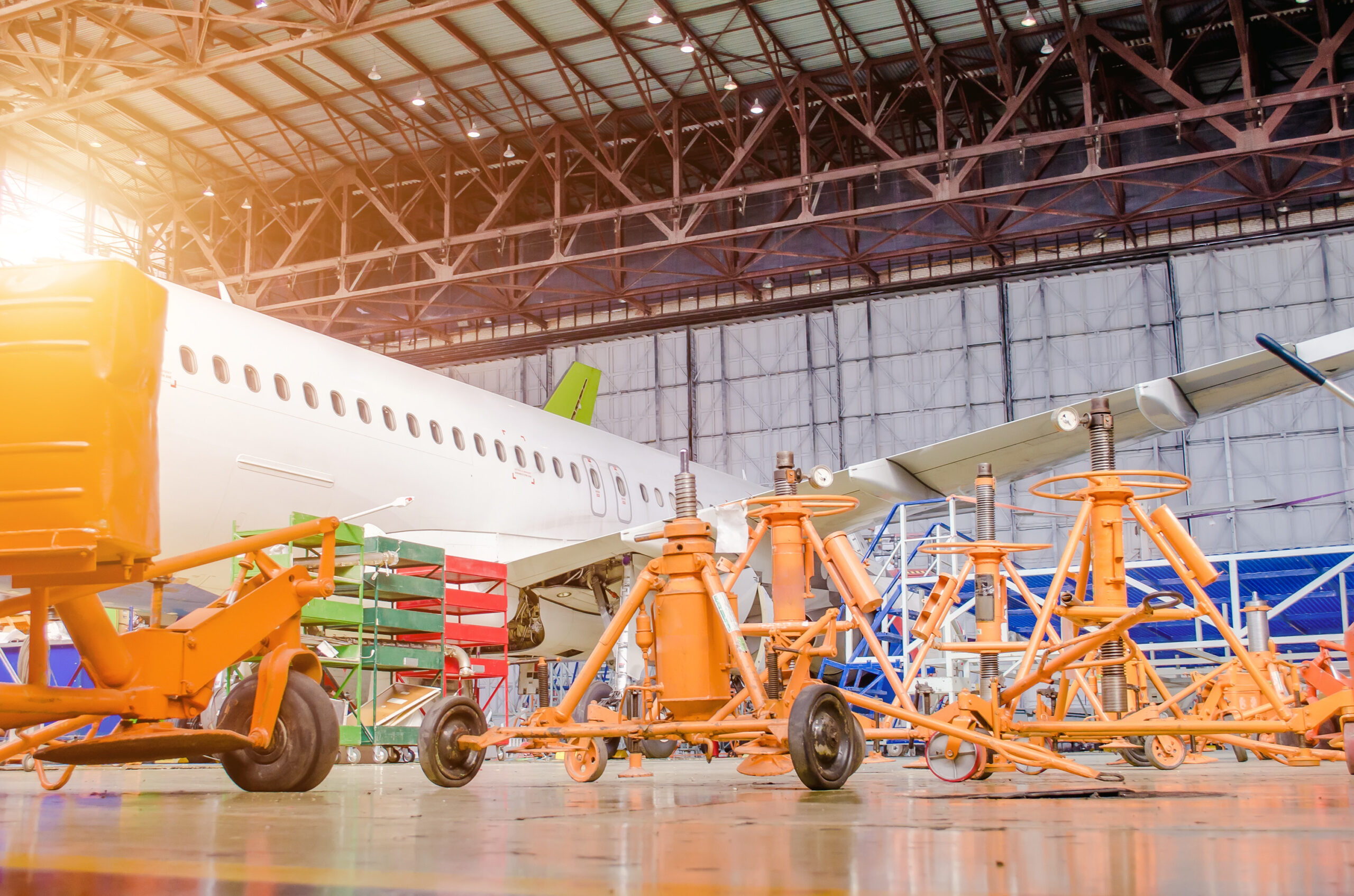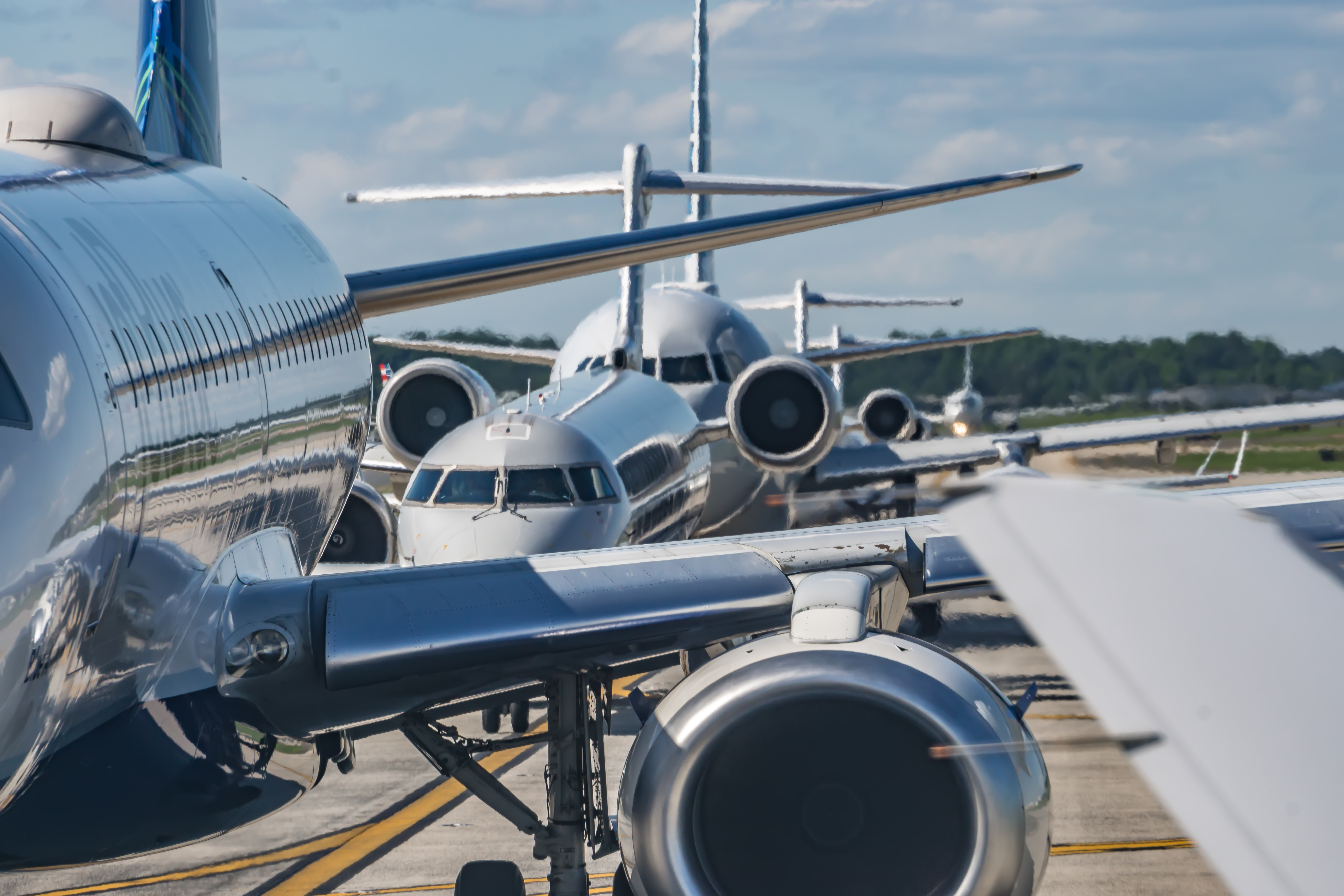Currently Russian or Soviet-built helicopters represent approximately 15% of the global helicopter fleet. Moreover, the manufacturers are ambitious about strengthening their global presence and strive to raise this number to 20% until 2020. Therefore, the need to invest into the development of the infrastructure necessary for the aftermarket support of the products used outside the region of origin is on the top of the priority list. However, the success of the endeavour depends on many factors and overcoming certain challenges may prove to be rather difficult.
The primary issue concerning the aftermarket support of the Russian-built aircraft is the fact that despite the global popularity their main operating area is still largely limited to the region of production. For example, regardless of the fact that Russia is the main manufacturer of one of the most popular helicopters in history – the Mi-8/17 – only 2 800 of more than 12 000 of these helicopters that have been produced are operated outside of the region. Nonetheless, the number of orders for this type of rotorcraft is still constantly rising: India alone is expected to receive 80 Mi-17V-5s until 2014. Therefore, as the popularity of the Soviet/Russian origin products in the emerging markets remains considerably high, the demand for respective aircraft spares is steadily rising.
“For some time now the aftermarket network for the Russian-built aircraft outside the CIS has been recognized as an issue that has to be dealt with properly. Of course, the main area of distribution of these aircraft is limited to the territory of Russia and the CIS. However, there are considerably large fleets of Russian aircraft in Asia, the Middle-East, Africa and South America. For example, Africa has as many as 600 Mi-8/17s and Ka-32s in its rotorcraft fleet and there are approximately 300 Russian-built rotary-wing aircraft in India,” says Zilvinas Sadauskas, the CEO of Locatory.com. “Despite the fact that these numbers may seem small compared to the fleet of such aircraft operated within Russia, these helicopters still have to be properly maintained and this calls for organizing the necessary infrastructure in the entire region. Everything from MRO facilities to spare parts support needs to be taken into account.”
For some time now the aftermarket network for the Russian-built aircraft outside the CIS has been recognized as an issue that has to be dealt with properly
The importance of developing a structured maintenance system is indisputable. However, this is not possible without proper communication between an operator and a provider. Communication is absolutely necessary because if a manufacturer or an MRO provider lacks the necessary data on the operators’ fleet condition it cannot properly forecast and plan the maintenance activity. Moreover, as the sole manufacturer of Russian rotorcraft, Russian Helicopters, has begun working on the restructuring of its aftermarket support, the first thing that has been noticed was the necessity of establishing local MRO centres, so the rotorcraft wouldn’t have to be sent to Russia for maintenance. Finally, one more issue that has to be solved is the language barrier, as operators need to have access to native-language support.
“For the Russian manufacturers, the development of comprehensive aftermarket support outside the CIS will require considerable efforts, but it is a step that simply has to be taken. As challenging as some of the accompanying actions may seem, they are still manageable. For instance, (and this is a thing all of the manufacturers know) it may be more effective to certify a local MRO provider than to establish a completely new facility,” shares the CEO of Locatory.com “As for the stable flow of spare parts, which is always necessary in case of any emergency situation, centralized pools of spare parts have become more and more recognized as an effective solution. Moreover, various e-procurement systems may not only solve the issue with spare parts, but also help to get around the language barrier, as the teams working on such projects are usually international and multilingual.”



